The Cashew Market is currently characterized by a dynamic competitive landscape, driven by increasing consumer demand for healthy snacks and the growing popularity of plant-based diets. Key players such as Olam International (SG), Kraft Foods (US), and Sambavanam Cashew Market Industries (IN) are strategically positioning themselves to capitalize on these trends. Olam International (SG) focuses on sustainability and traceability in its supply chain, which enhances its brand reputation and consumer trust. Kraft Foods (US) emphasizes product innovation, introducing new flavors and formats to attract a broader customer base. Meanwhile, Sambavanam Cashew Market Industries (IN) is expanding its operations through strategic partnerships, thereby enhancing its market reach and operational efficiency. Collectively, these strategies contribute to a competitive environment that is increasingly focused on sustainability, innovation, and consumer engagement.
In terms of business tactics, companies are increasingly localizing manufacturing to reduce costs and improve supply chain efficiency. This trend is particularly evident in the cashew market, which is moderately fragmented, with several players vying for market share. The collective influence of these key players shapes the market structure, as they leverage their unique strengths to differentiate themselves from competitors. Supply chain optimization remains a critical focus, as companies seek to enhance their operational capabilities and respond to fluctuating consumer demands.
In August 2025, Olam International (SG) announced a new initiative aimed at enhancing its sustainable sourcing practices by implementing blockchain technology to track the origin of its cashew nuts. This strategic move is significant as it not only reinforces Olam's commitment to sustainability but also addresses growing consumer concerns regarding ethical sourcing. By ensuring transparency in its supply chain, Olam is likely to strengthen its competitive position in the market.
In September 2025, Kraft Foods (US) launched a new line of organic cashew-based snacks, targeting health-conscious consumers. This product innovation is crucial as it aligns with the increasing demand for healthier snack options. By diversifying its product portfolio, Kraft Foods is positioning itself to capture a larger share of the market, appealing to consumers who prioritize health and wellness in their purchasing decisions.
In July 2025, Sambavanam Cashew Market Industries (IN) entered into a strategic partnership with a leading e-commerce platform to enhance its distribution capabilities. This collaboration is expected to significantly expand Sambavanam's market reach, allowing it to tap into the growing online consumer base. Such strategic alliances are becoming increasingly important in the cashew market, as they enable companies to leverage technology and improve their competitive positioning.
As of October 2025, the cashew market is witnessing trends such as digitalization, sustainability, and the integration of artificial intelligence in supply chain management. These trends are reshaping the competitive landscape, as companies increasingly focus on strategic alliances to enhance their operational capabilities. The shift from price-based competition to a focus on innovation, technology, and supply chain reliability is evident, suggesting that future competitive differentiation will hinge on these factors.



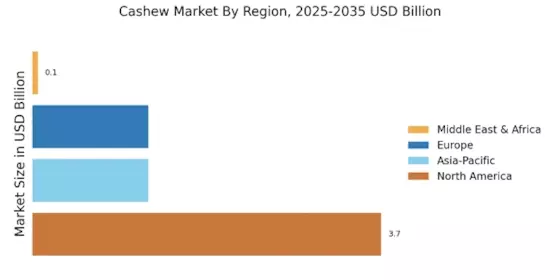

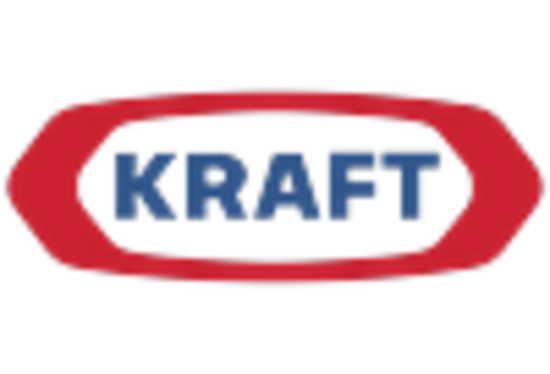

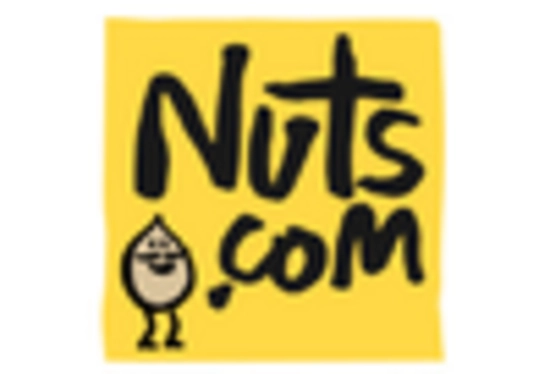
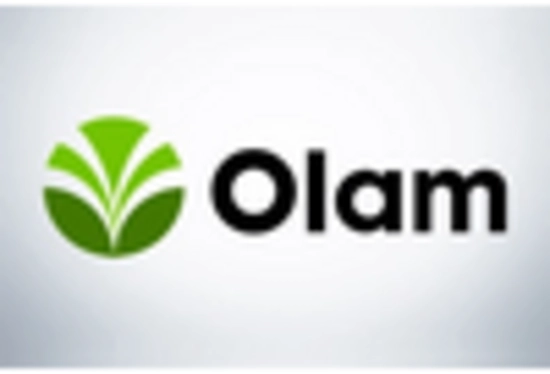
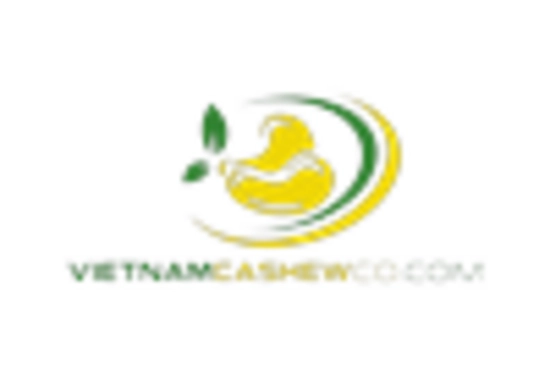








Leave a Comment